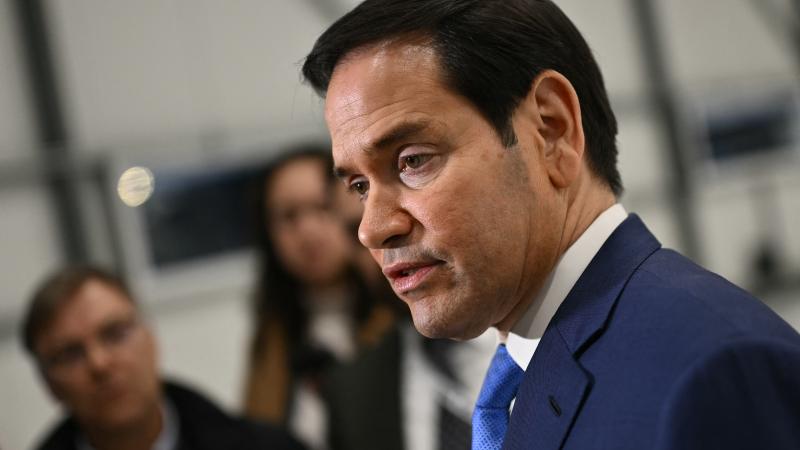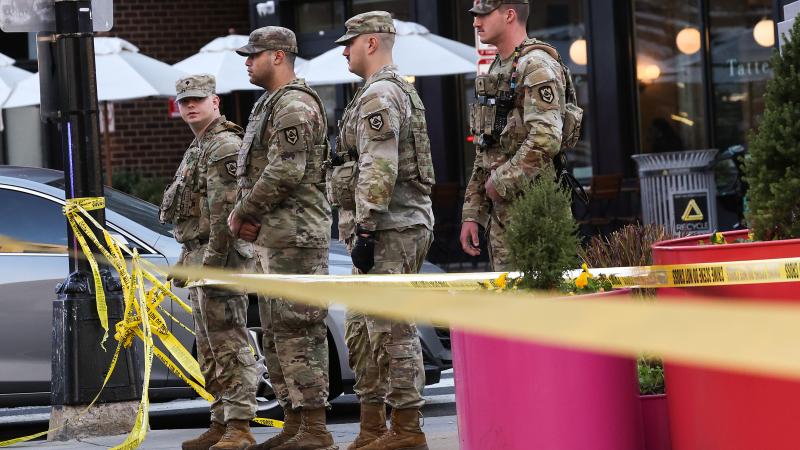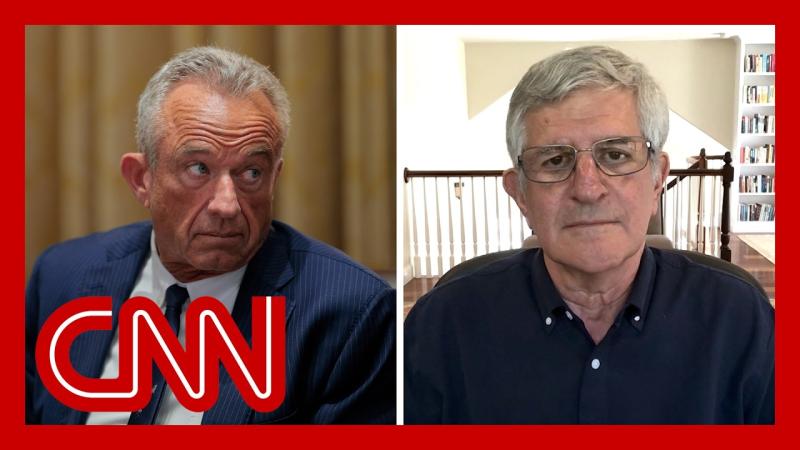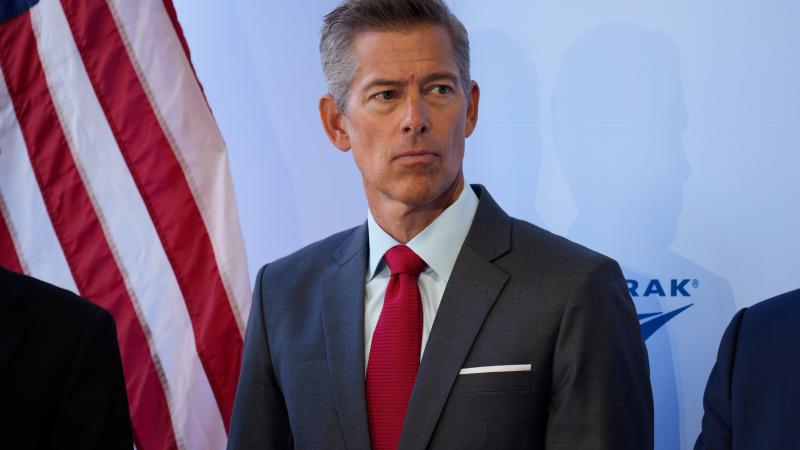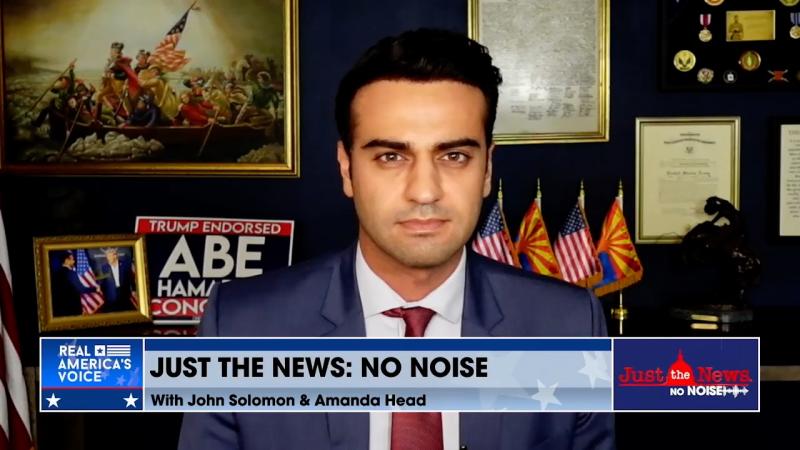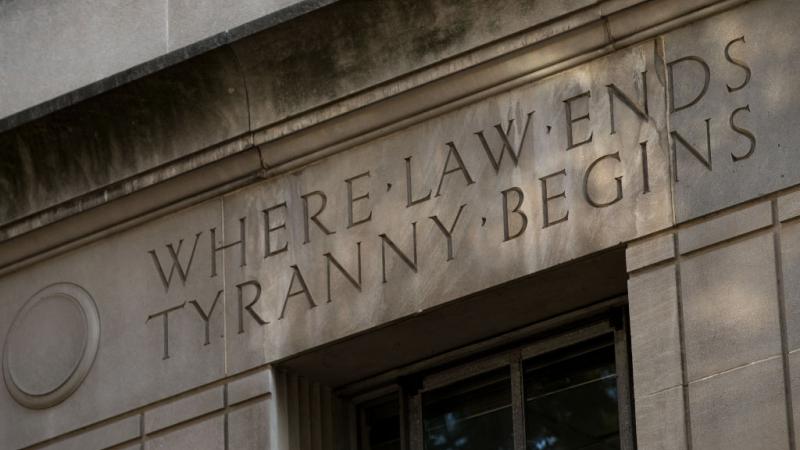Amid pandemic, China flexes regional military muscle
Intimidation moves are meant to instill fear, experts say.
While much of the world fights the coronavirus pandemic, China has launched conspicuous displays of military strength to neighboring regions, prompting analysts to speculate on Beijing’s motives.
Recent action came this week, when a Chinese carrier strike group sailed near Japan, and when a Chinese ship entered Vietnam's Exclusive Economic Zone. Over the weekend, China’s People’s Liberation Army (PLA) sent its sole aircraft carrier, along with two guided-missile destroyers and two guided-missile frigates, into the Pacific Ocean near Taiwan.
The April incursions came less than two weeks after China sank a Vietnamese fishing boat in the South China Sea. In other moves, China has held multiple seagoing live-fire drills, and has flown military aircraft within buzzing distance of Taiwan.
In response, the U.S. State Department last week voiced both a rebuke and a request.
"We call on the PRC (People's Republic of China) to remain focused on supporting international efforts to combat the global pandemic and to stop exploiting the distraction or vulnerability of other states to expand its unlawful claims in the South China Sea," said spokesperson Morgan Ortagus, in a statement.
Much of the intimidation pre-dates the pandemic, experts said.
“China regularly threatens governments with the PLA,” said retired intelligence officer Nicholas Eftimiades, an expert on China. “They flex their military muscles to instill fear.”
In a new podcast interview on John Solomon Reports, Michael Pillsbury — President Trump's influential outside guru on China policy — noted that for several years Beijing has sent bombers to circumnavigate Taiwan.
“They’ve also very deliberately had some incidents where their military aircraft cross what's called the midline in the Taiwan Strait,” Pillsbury said.
“Most countries in Asia are quite used to this saber rattling,” Eftimiades said.
In flexing its military muscles, Eftimiades said, China aims to influence the internal politics of Hong Kong, Taiwan, Okinawa, and Tokyo, and to coerce Southeast Asian countries.
The primary target is the island nation that lies some 112 miles off the southeastern coast, one China expert observed.
“Chinese military modernization over the last several decades has been mostly focused on enhancing the People’s Liberation Army’s (PLA) concepts of operation and capabilities to successfully complete the ultimate mission: invade and occupy a recalcitrant Taiwan,” RAND Corporation analyst Derek Grossman told Just the News.
“In order to do this,” Grossman said, “the PLA must constantly conduct exercises to simulate ‘real combat situations’ since the PLA hasn’t fought a full-fledged war since 1979 (against Vietnam), and that was near-exclusively ground combat — not the naval and air combat that will be required to defeat Taiwan and prevent, or at least complicate, U.S. intervention.”
In another sense, the pandemic may have nudged China into flaunting its power to Taiwan, one analyst said.
“China is definitely miffed at Taiwan's growing global and media role due to Taiwan's superior response to the coronavirus pandemic,” said Paul Crespo, who runs SPECTRE Global Risk consulting firm. “The CCP [Chinese Communist Party] cannot accept their supposed tiny rogue province besting them in this important PR arena. CCP is also using this crisis to bully Taiwan and expand its presence throughout the South China Sea.”
Recent actions from China do not necessarily signal imminent military action, experts noted.
“I’m not particularly alarmed,” Grossman said, “but that is actually precisely what Beijing seeks: a new normal of military threats so that when or if it does decide to launch military operations, the U.S. and others will be lulled into complacency and be caught flat-footed.”
In that case, Beijing will be put to the test, Eftimiades said. “The day the PLA engages in combat operations outside of the mainland will either expand the country’s prestige and power or result in the downfall of the CCP.”
China, meanwhile, says it plans to continue maritime operations.
“This is a routine arrangement within the PLA Navy's annual training plan, and also conforms to international law and related conventions,” spokesman Senior Captain Gao Xiucheng said on Monday regarding operations near Japan and Taiwan. “In the future, the Chinese PLA Navy will continue to conduct such training activities as planned, in a bid to accelerate the upgrading of aircraft carrier task group's combat capability.”

